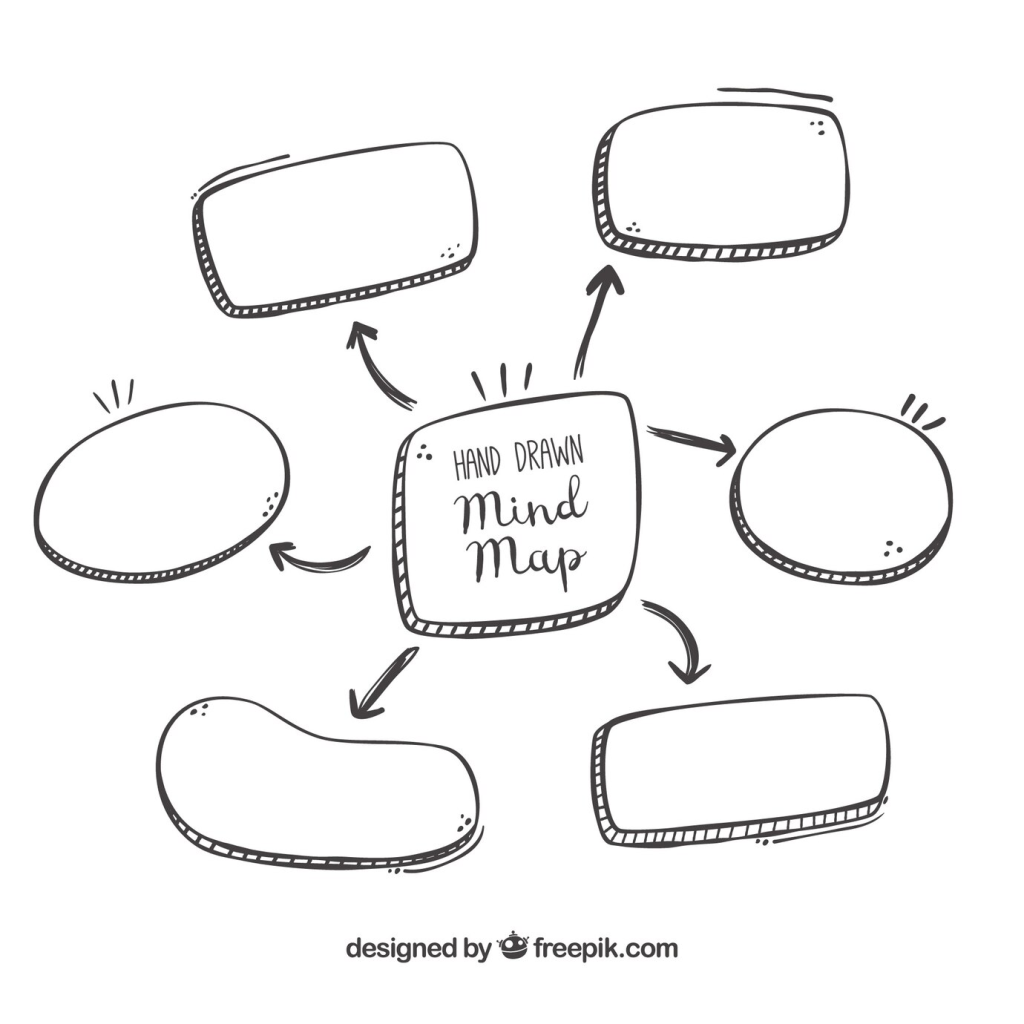Are you staring at a blank page, struggling to find the perfect essay topic? Fear not! In today’s blog post, we’re going to explore the world of essay writing with a handy guide and a real-life brainstorming essay example. Plus, we’ll guide you step-by-step on how easy brainstorming techniques can make your writing better and bring your essays to life.
Table of Contents
What Is Brainstorming?
Brainstorming is a creative and collaborative technique used to generate a large number of ideas or solutions to a problem. It’s a process that encourages free thinking and open discussion to explore various possibilities. The main goal of brainstorming is to break away from typical thinking, allowing individuals or a group to come up with diverse and innovative ideas.
In essay writing, brainstorming means gathering thoughts, and ideas and exploring various aspects of the topic before starting to write. It helps overcome initial challenges, sparks creativity, and organizes thoughts for a well-crafted essay.

Why Brainstorming in Essay Writing Matters?
Brainstorming in essay writing matters because it helps you develop many ideas and organize your thoughts before you start writing. It’s like a creative warm-up that breaks down any barriers you might have in your mind. This process is important because:
- Gets Creative Ideas Flowing: Brainstorming encourages you to think freely, which means you can come up with different and interesting ideas for your essay.
- Beats Writer’s Block: Sometimes it’s hard to start writing because you don’t know where to begin. Brainstorming helps you get over this “writer’s block” by giving you a plan and getting your ideas flowing.
- Makes Your Essay Unique: It lets you think outside the box, making your essay more creative and different from others.
- Helps You Plan: Before you dive into writing, brainstorming helps you organize your thoughts. You can figure out what you want to say and how to say it, making your essay well-organized and easy to understand.
- Creates a Strong Thesis: Brainstorming helps you come up with a clear and strong thesis statement – the main point of your essay.
- Encourages Working Together: If you’re brainstorming with others, it’s a chance to share ideas and work together. This can make your essay even better with different perspectives.
- Saves Time: Spending time brainstorming at the beginning can save time later. It makes the actual writing part smoother because you’ve already thought about what you want to say.
In short, brainstorming is like a friendly helper that gets your ideas flowing and makes your essay-writing experience easier and more successful.

Step-by-step Guide: Brainstorming Essay Writing Process
Let’s break down the step-by-step guide to the brainstorming essay process:
Step 1: Selecting a Topic
- Importance of choosing a relevant and engaging topic: Understand why picking the right topic matters – it sets the tone for your essay and keeps your readers interested.
- Brainstorming ideas for potential essay topics: Generate a list of potential topics by thinking about your interests, relevant issues, or any prompts provided. Consider what will captivate your audience.
Step 2: Creating a Mind Map
- Building a mind map to explore various aspects of the chosen topic: Draw a central circle with your chosen topic and branch out with related ideas. This visual representation helps uncover different angles and perspectives.
- Connecting related ideas and concepts for a comprehensive overview: Identify connections between the ideas on your mind map. This step helps create a holistic understanding of your chosen topic.

Step 3: Free Writing Exercise
- Setting a timer and allowing for a continuous flow of ideas: Set aside a specific time, perhaps 10-15 minutes, and write down everything that comes to mind about your topic. Allow your thoughts to flow freely, and don’t fret over achieving perfection.
- Reviewing the results and identifying key points for the essay: Review what you’ve written. Identify the key points that stand out and could form the basis of your essay. Look for themes and patterns.
Step 4: Listing Key Points
- Make a list of the critical points and ideas you’ve gathered. These will be the building blocks for your essay.
- Arrange the listed points in a logical order. This organization will serve as the initial structure for your essay, providing a roadmap for the writing process.
Step 5. Group Brainstorming
If possible, collaborate with peers or colleagues to brainstorm ideas collectively. This approach often brings fresh insights and diverse viewpoints to enhance your essay.
Additional Tips:
- Tools like online surveys or polls can help gather feedback and ideas on potential topics from your peers or audience, aiding in the selection process.
- Use online collaborative platforms like Miro, or Padlet to create a virtual board where contributors can add and discuss potential topics.
By following these steps, you’ll have a solid foundation for your essay, with a carefully selected topic, organized key points, and a wealth of ideas to draw from.
Brainstorming Essay Example
Brainstorming Essay Example: “The Power of Music and Its Impact on Our Emotions”

Step 1: Selecting a Topic – Brainstorming Essay Example
- Let’s explore the powerful connection between music and emotions, a topic that many people find interesting and relatable.
- Think about different aspects of music and emotions. Consider topics like the influence of music on mood, its role in expressing feelings, or how it connects people across cultures.
Step 2: Creating a Mind Map – Brainstorming Essay Example
- Start by drawing a circle in the middle with “The Power of Music and Emotions.”
- Branch out with related ideas like
- (1) music’s influence on mood,
- (2) its expression of feelings, and
- (3)its cultural impact.
- Identify connections between these ideas. For example, how certain genres evoke specific emotions or how cultural background shapes individual responses to music. This holistic understanding helps in exploring the profound relationship between music and emotions.
Step 3: Free Writing Exercise – Brainstorming Essay Example
- Take 10-15 minutes to freely write about the power of music on emotions. Write down everything that comes to mind – whether it’s personal experiences, favorite songs, or the way certain melodies make you feel.
- After the free writing exercise, review your notes. Identify key points like the emotional impact of specific songs, the universality of certain musical themes, and how music can serve as a personal soundtrack to life.
Step 4: Listing Key Points – Brainstorming Essay Example
- Make a list of the critical points and ideas you’ve gathered:
- The emotional impact of specific songs.
- The universality of certain musical themes.
- How music serves as a personal soundtrack to life.
- Organize these points logically. Start with the emotional impact, delve into the universality of musical themes, and then explore how music becomes a personal soundtrack. This structure provides a roadmap for your essay.
Step 5: Group Brainstorming – Brainstorming Essay Example
- Engage in virtual group brainstorming using tools like collaborative platforms.
- Discuss with others how music impacts their emotions, share favorite songs, and explore cultural differences in musical preferences. This collective approach enriches your essay with diverse insights.
By following these steps, you’ll have a well-defined essay topic, and diverse ideas to create an engaging exploration of the power of music and its impact on our emotions.
Conclusion
When you write, brainstorming is like exploring. You can connect thoughts and discover the heart of your essay. Brainstorming is your compass, guiding you through the journey of turning ideas into words on paper. So, embrace the power of brainstorming and let your ideas flourish!


